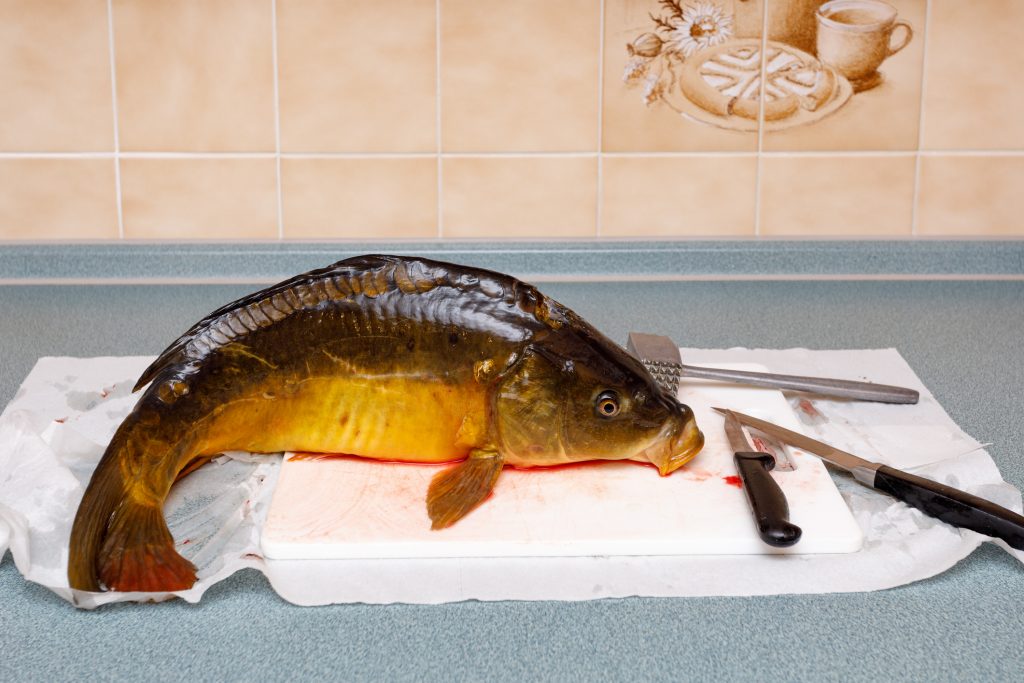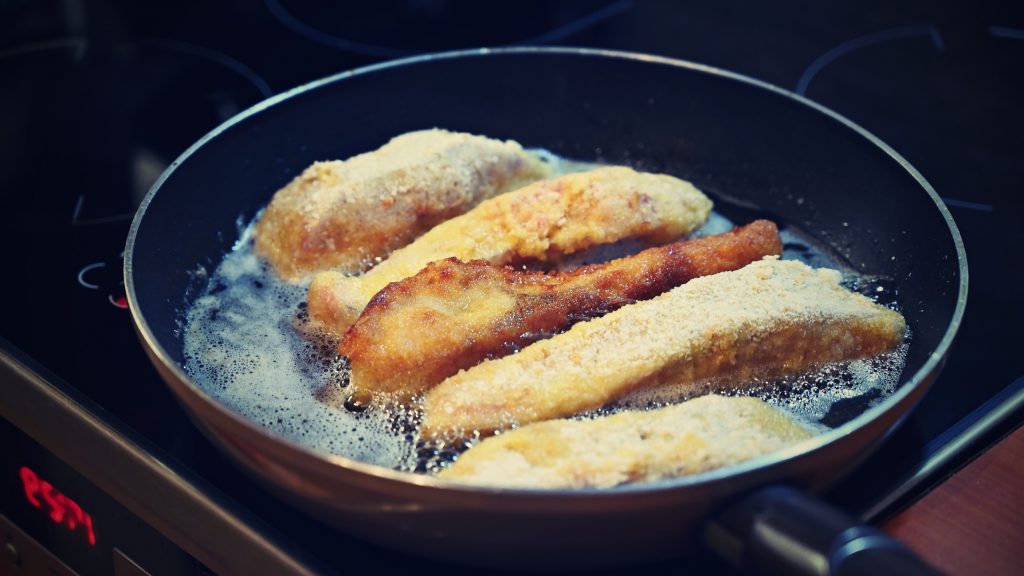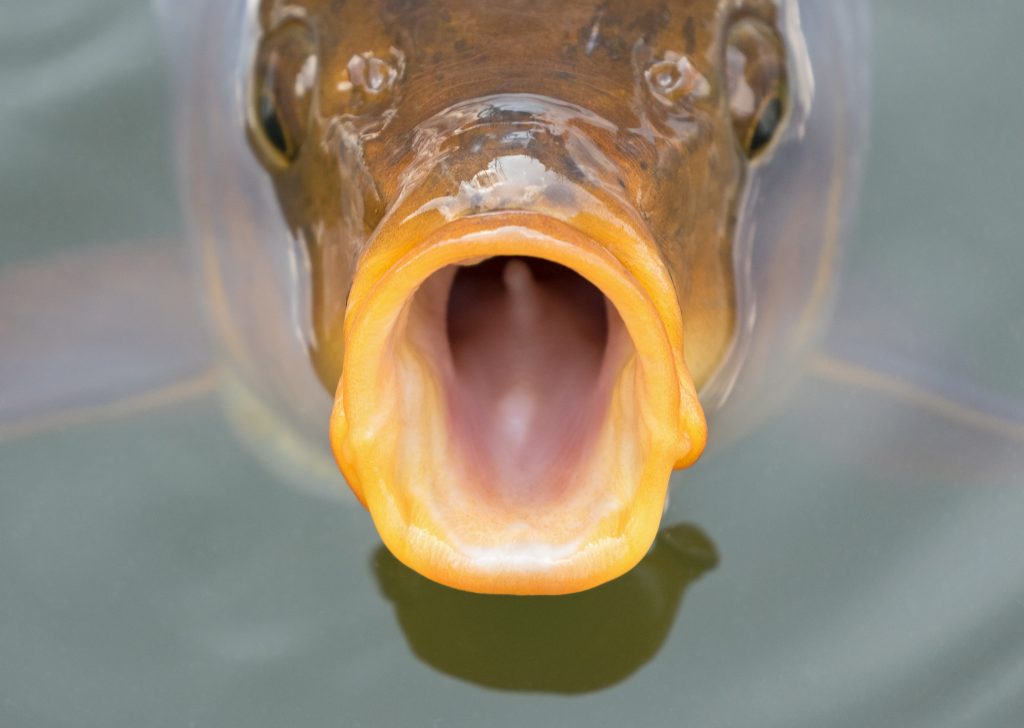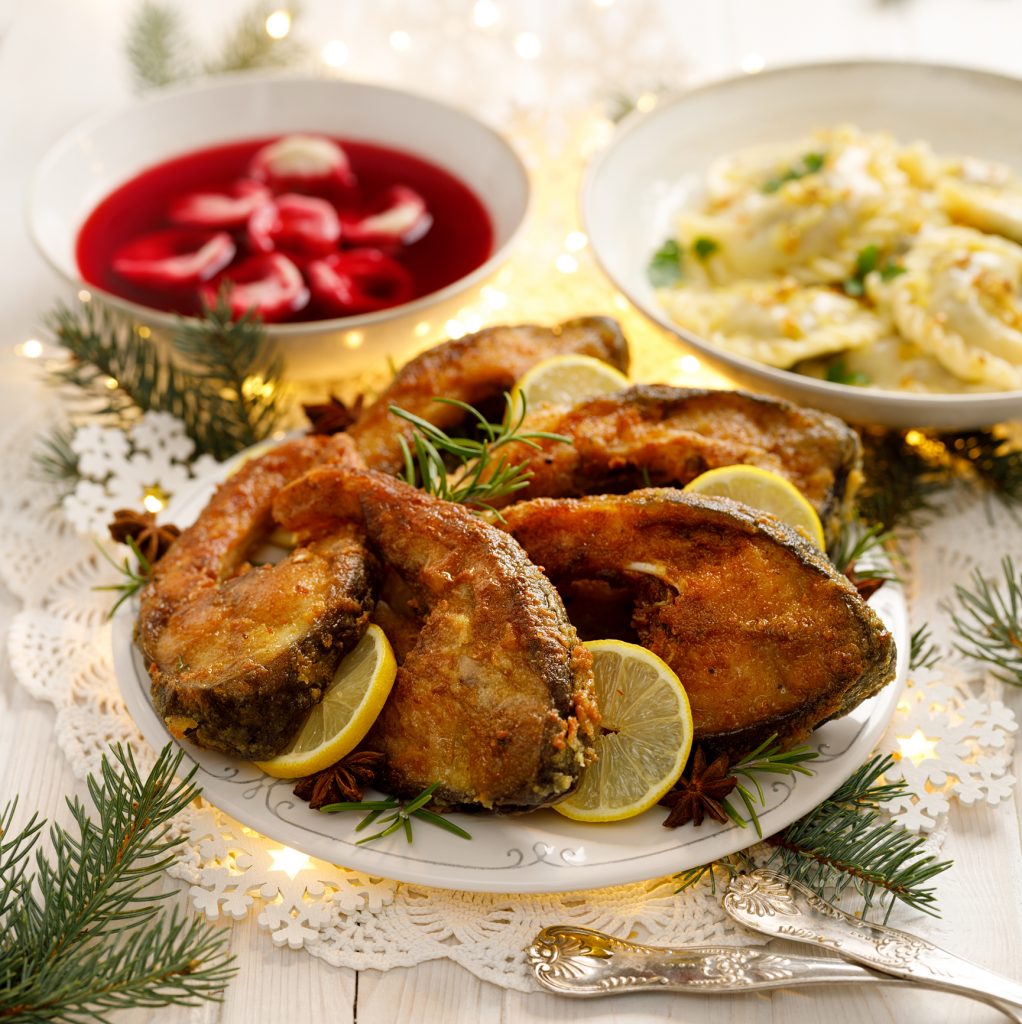Czech Christmas and carp go together like hand and glove, at least when speaking about what Czechs and Slovaks refer to as a traditional Christmas. In what may come as a surprise to some, other parts of the world — including Austria and the French Alsace region — also serve carp for their holiday meal.
In what is now the Czech Republic, the first mentions of carp for Christmas begin in the 17th century. But the fish farming industry dates to the 12th century. The historical seat of fish farming in the Czech lands is the Třeboň region where carp were typically kept in monastic ponds for periods of fasting. From there its breeding spread to aristocratic and municipal ponds where whole systems were built for breeding carp.

The development of pond systems continued during the reign of Charles IV. The oldest ponds in the Třeboň date back to the 14th century when carp was already the most commonly farmed fish, making it among the oldest domesticated fish species in the world. To this day, the Czech Republic remains the sixth largest producer of fish within the EU, though in recent years, drought conditions have dried up a number of ponds and driven up carp prices.
Prior to the 17th century, the golden age of Třeboň carp, eating fish at Christmastime was limited to the affluent and noble classes with most simple folk serving humble dishes like houbová kuba, zelná polévka (cabbage soup) and other, predominantly meatless dishes.
Widespread holiday carp consumption likely began in the 19th century. The original fried carp recipe is attributed to writer Magdalena Dobromila Rettigová (1785-1845), the mother of Czech cuisine whose legendary 1826 cookbook A Household Cookery Book (Domácí kuchařka) was the only cookbook in the Czech language for many years.

The earliest methods for baking the carp were to use white wine or vinegar (na modro – on the blue) or alternatively in a sweet prune sauce with ginger bread (na černo – on the black). Mentions of fried carp with potato salad don’t surface until 1924; potato salad didn’t even become a traditional Christmas Eve side until as late as the 1950s.
In fact, during the First Czechoslovak Republic, carp was actually a favored dish during the Lenten fast and its consumption at Easter was only slightly lower than at Christmas! The custom of deep-frying carp is thought to have come from the period immediately after the Second World War.

But cooking and eating the carp is just part of the fun. Shopping for the carp, a few weeks before Christmas, from outdoor vendors selling the fish from tubs, is where the tradition begins. Some Czechs prefer to gut the fish at home while others leave the dirty work to the fishermen selling their fresh catch.
What you are left with, in that case, is the fish, usually without its head, ready to portion as necessary. Discarded fish parts are used to make the traditional Czech fish soup and, of course, saved and dried for luck: keeping a carp scale in your wallet is believed to bring good fortune for the upcoming year.

Alternatively, some Czechs prefer to buy their carp earlier, a day or two before Christmas, and keep it alive before condemning it to the frying pan. Some families even store their still wriggling fish alive in the bathtub to wash it. This unusual-to-outsiders scene has been memorably depicted in many Czech movies (such as 1999’s Pelíšky).
Those who have never tasted carp, or other freshwater fish, will find the taste is quite different than that of saltwater fish. It typically generates a love or hate response. Compared to a freshwater pike for example, carp is a fattier species that, when prepared correctly, shouldn’t offend anyone who regularly eats fish. It‘s known for being bony, and the tedious task of deboning while eating can put people off (keep a slice of bread on hand in case of choking).
This Christmas season, we’ll leave you a fun fact to chew on — and a recipe: the largest Czech carp caught in the Czech Republic to date was by 18-year-old fisherman Stanislav Blažka who pulled in a 32 kg specimen to set a Czech record. He released the carp back into the water, hence breaking yet another Czech Christmastime superstition: Don’t feel bad for the carp!
See our recipe here for making the perfect carp and potato salad.












 Reading time: 3 minutes
Reading time: 3 minutes 






















